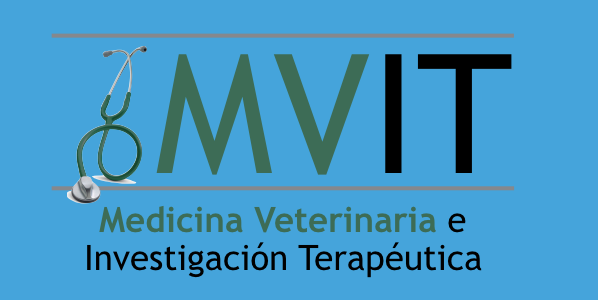Acute phase response in dogs with Dirofilaria immitis.
Vet Parasitol. 2014 Aug 29;204(3-4):420-5. doi: 10.1016/j.vetpar.2014.05.016. Epub 2014 May 17.
Méndez JC, Carretón E, Martínez S, Tvarijonaviciute A, Cerón JJ, Montoya-Alonso JA.
Abstract
The aim of this study was to determine concentrations of different positive and negative acute phase proteins (C-reactive protein, haptoglobin, albumin and paraoxonase-1) in dogs naturally infected with Dirofilaria immitis at the time of diagnosis. 194 dogs were included in the study. All were evaluated for the presence or absence of D. immitis circulating antigens and for the presence or absence of microfilariae and a clinical examination was carried out. 38 dogs were negative and 156 dogs were positive for circulating D. immitis antigens. A significant increase in C-reactive protein and significant decreases in albumin and paraoxonase-1 activity were observed in positive dogs. These changes appeared with independence of the presence/absence of microfilariae or clinical signs. C-reactive protein was the only acute phase protein that showed significant differences between asymptomatic and symptomatic dogs. Interestingly, the increases seen in C-reactive protein values were not accompanied by increases in haptoglobin, and haptoglobin even decreased in the dogs with microfilaria. This could be due to the hemolytic anemia which can be produced in dirofilariasis. In conclusion, there is an acute phase response (with increases in C-reactive protein and decreases in albumin and paraoxonase-1) and a divergence in the behaviour between C-reactive protein and haptoglobin in dogs with D. immitis.



